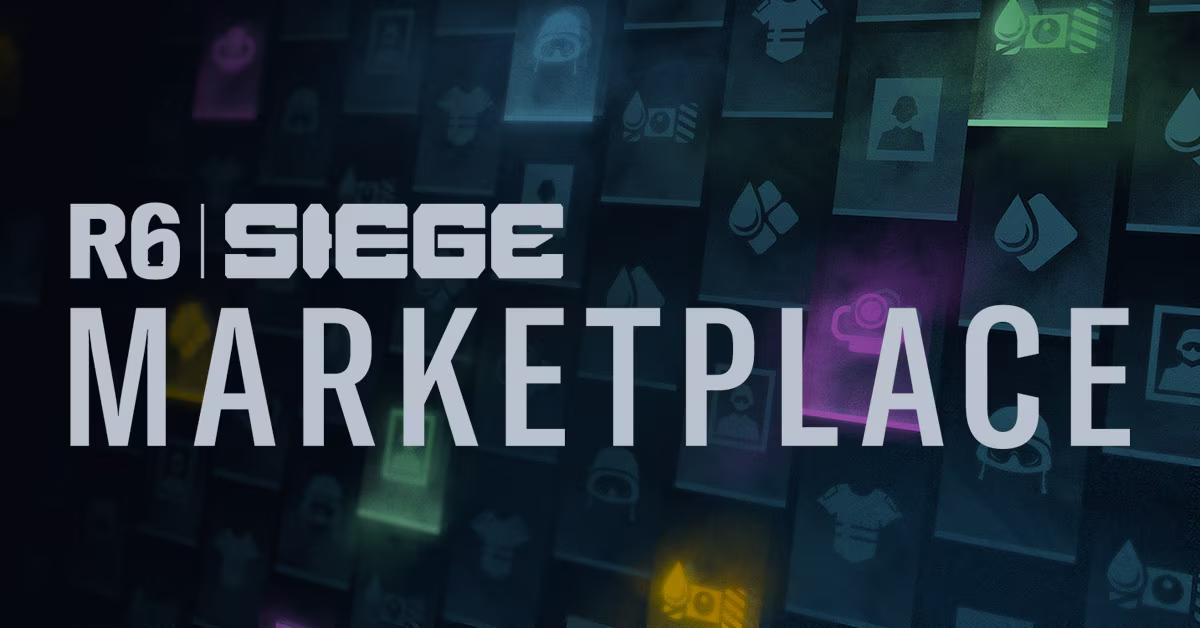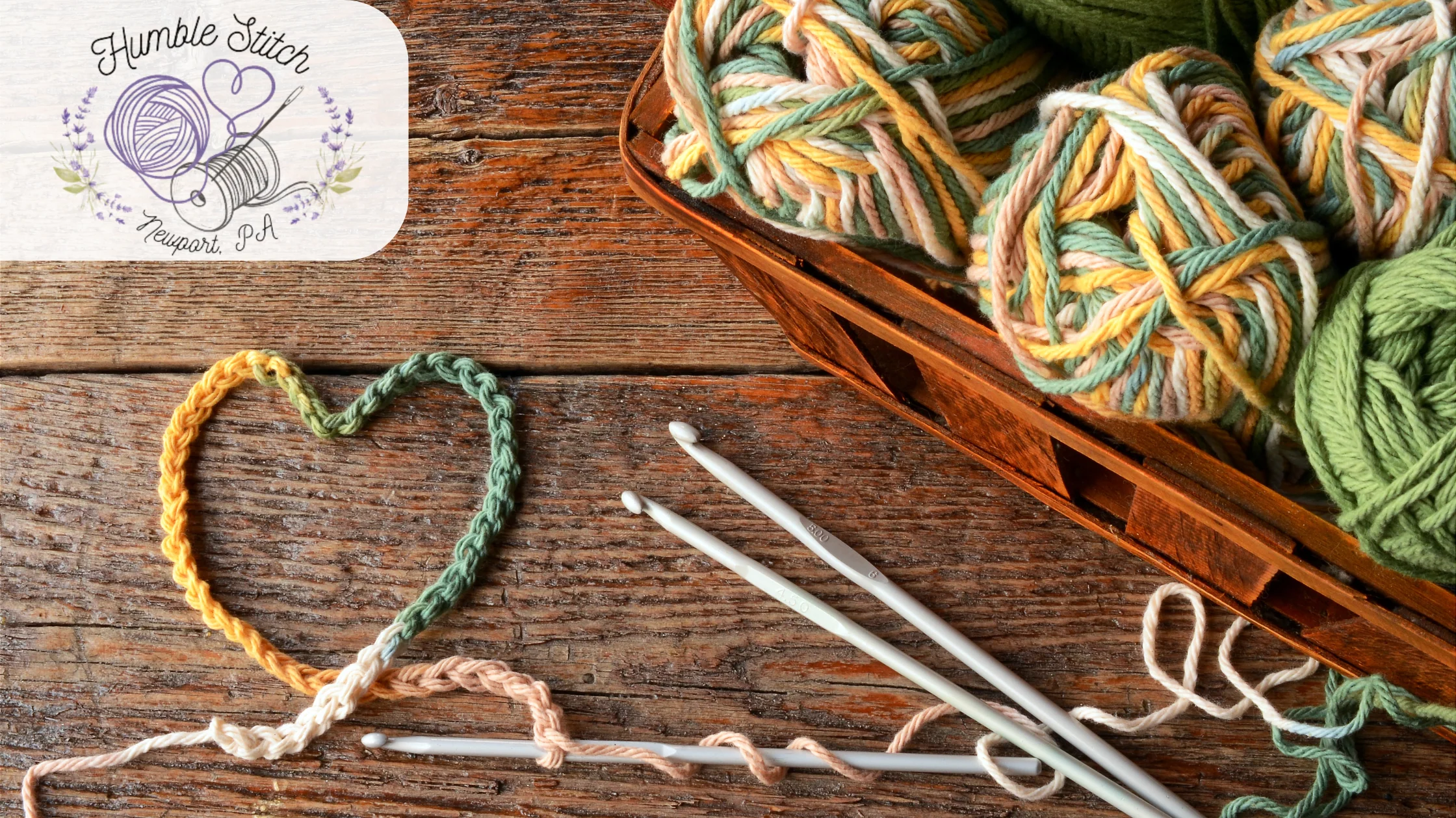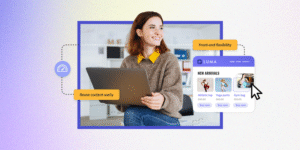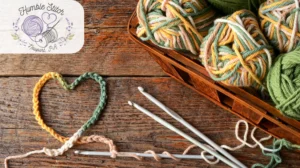What Is the r6 marketplace? A Complete Guide for Players in the U.S.
Welcome to the exciting world of Rainbow Six Siege item trading! If you’ve ever wanted to customize your favorite operators with unique skins, charms, or other cosmetic items, you’ve likely heard about the r6 marketplace. This digital ecosystem is a vibrant hub where players can buy, sell, and trade in-game items, turning their hard-earned collections into something new or even earning a little back from their gameplay. Think of it as a specialized flea market just for Siege enthusiasts. Here, you can find that rare seasonal skin you missed or offload a duplicate Black Ice weapon skin you don’t need. This guide will walk you through everything you need to know to navigate the r6 marketplace safely and effectively, whether you’re a buyer looking for a great deal or a seller hoping to cash in on your inventory.
Key Takeaways
- The r6 marketplace is a system where players can trade Rainbow Six Siege cosmetic items like weapon skins, uniforms, and headgear.
- Understanding item rarity, demand, and seasonality is crucial for setting fair prices and finding good deals.
- Safety is paramount. Always use secure payment methods, enable two-factor authentication (2FA), and be cautious of scams.
- Both buying and selling have specific strategies. Buyers should use filters and compare prices, while sellers need to create detailed listings and price competitively.
- Market trends are influenced by game updates, esports events, and new content releases, affecting the value of items on the r6 marketplace.
- Building a positive reputation through good communication and reliable transactions is key to long-term success.
Understanding the r6 marketplace Ecosystem
At its core, the r6 marketplace is a player-to-player trading environment for cosmetic items found within Rainbow Six Siege. It’s not about buying a competitive advantage; instead, it’s focused entirely on aesthetics. This allows players to personalize their experience, showcasing their style and dedication. The marketplace includes a wide variety of items, from weapon skins and attachments to operator uniforms, headgear, and weapon charms. Some platforms facilitate the exchange of in-game credits, while others focus on direct item trades. It’s important to distinguish between the official, in-game marketplace developed by the game’s creators and third-party platforms. The official version is integrated directly into the game client, offering a secure but often limited environment. Third-party marketplaces are external websites where players can list their items for a broader audience, sometimes offering more flexibility in pricing and item variety. These external sites operate independently and come with their own set of rules, fees, and safety protocols that you must understand before participating.
How the r6 marketplace Works Step by Step
Getting started on the r6 marketplace can feel a bit daunting, but the process is generally straightforward. First, you need an eligible account that meets the platform’s requirements, which often includes a certain player level and good standing. Once your account is set up, you’ll typically need to go through a verification process to ensure you are a legitimate player and to link your game inventory to the marketplace system. After verification, you can start browsing. You’ll find thousands of listings for different items, which you can filter by operator, weapon, rarity, and price.
When you find an item you want to buy, you add it to your cart and proceed to checkout, much like any other online store. The platform usually holds your payment in escrow—a secure third-party holding area—until the seller delivers the item to your in-game inventory. Once you confirm you’ve received the item, the funds are released to the seller. If you’re selling, the process is reversed. You create a listing for an item from your inventory, set a price, and wait for a buyer. Once a sale is made, you’ll be notified to deliver the item within a specified timeframe. The r6 marketplace system is designed to facilitate these transactions smoothly, with clear steps for both parties.
Safety, Trust, and Verification on the r6 marketplace
Safety should be your number one priority when using any r6 marketplace. Reputable platforms build trust through several key features. The most important is an escrow system. As mentioned, this means the platform holds the buyer’s payment until the transaction is successfully completed, protecting both parties from potential scams. If the seller fails to deliver the item, the buyer gets their money back. Another critical feature is a robust review and rating system. You can check a seller’s history to see feedback from previous buyers, which helps you gauge their reliability.
Always be vigilant for signs of a scam. Common red flags include sellers asking you to transact outside the platform, offering deals that seem too good to be true, or creating a sense of urgency to rush your decision. Stick to secure, integrated payment methods and never share your account login information with anyone. If a dispute arises—for example, if the wrong item is delivered or it doesn’t arrive at all—established marketplaces have a dispute resolution process. You can open a ticket, provide evidence like screenshots, and a support team will mediate to find a fair solution.
Pricing 101: What Drives Value in the r6 marketplace
What makes one weapon skin worth a few cents and another worth hundreds of dollars? Several factors influence item prices on the r6 marketplace. The most significant driver is supply and demand. Items that were available for a limited time, like those from early seasons or special events, are rare and thus command higher prices. Conversely, items that are still available in Alpha Packs are more common and usually cheaper. Rarity tiers—Common, Uncommon, Rare, Epic, and Legendary—also play a huge role, with Legendary items being the most sought-after.
Seasonality is another key factor. For instance, skins from a specific seasonal event, like the Halloween-themed Doktor’s Curse, might see a price spike around October. Seller reputation can also impact price; a highly-rated, trusted seller might be able to list their items for slightly more than a new, unverified seller. Finally, don’t forget about platform fees. Most marketplaces charge a commission on each sale, so sellers often factor this into their listing price. Understanding these dynamics will help you price your own items competitively and spot good deals when you’re buying.
Buying on the r6 marketplace Like a Pro
To become a savvy buyer on the r6 marketplace, you need a smart approach. Start by using the platform’s search and filter tools effectively. Instead of aimlessly browsing, narrow your search by operator, weapon, skin name, or rarity. This helps you quickly find what you’re looking for and compare prices across different listings for the same item. Always take the time to read listing descriptions carefully. A good seller will provide clear information about the item, and sometimes you can find bundles that offer better value than buying items individually.
Don’t be afraid to look for opportunities to negotiate, though this depends on the platform’s features. Some marketplaces have a “make an offer” option. If an item has been listed for a long time, the seller might be willing to accept a slightly lower price. When it comes to payment, use the most secure options available, such as credit cards or well-known digital wallets that offer buyer protection. Avoid methods that are irreversible, like direct bank transfers or cryptocurrency payments to an unknown seller. By being patient and doing your homework, you can build your dream cosmetic collection without overspending.
Selling on the r6 marketplace for Beginners
If you’re looking to sell items from your collection, your first step is creating a compelling listing. This is your chance to attract buyers and make a sale. Start by taking high-quality screenshots of the item from different angles in the game. Show off the skin on the weapon it’s for, and if it’s a uniform, display it on the operator. Next, write a clear and concise description. Include the item’s official name, its rarity, and any other relevant details. Be honest about what you are selling.
Pricing strategy is arguably the most important part. Before you list your item, search the r6 marketplace to see what other sellers are charging for the same thing. Price your item competitively. If you want a quick sale, you might price it slightly lower than the average. If you’re not in a hurry, you can set it at or slightly above the market rate. Once you make a sale, be prepared to deliver the item promptly. Marketplaces have delivery service level agreements (SLAs), and failing to meet them can result in penalties or a negative rating. Good communication and fast delivery are the foundations of building a positive seller reputation.
Buying vs. Selling on the r6 marketplace
|
Feature |
Buying on the r6 marketplace |
Selling on the r6 marketplace |
|---|---|---|
|
Primary Goal |
To acquire specific cosmetic items for personalization. |
To convert unwanted or duplicate items into credits or cash. |
|
Key Skill |
Researching prices and identifying good value. |
Competitive pricing and creating attractive listings. |
|
Main Challenge |
Avoiding scams and overpaying for items. |
Standing out from other sellers and managing inventory. |
|
Process |
Find item, pay through escrow, receive item, confirm delivery. |
List item, wait for a buyer, deliver item, receive payment. |
|
Risk Factor |
Receiving the wrong item or no item at all. |
Buyer chargebacks or dealing with fraudulent claims. |
|
Best Practice |
Check seller ratings and use secure payment methods. |
Provide fast delivery and excellent customer communication. |
|
Tools Used |
Search filters, price comparison tools, wishlists. |
Price trackers, inventory management, high-quality screenshots. |
|
Success Metric |
Building a desired collection within a budget. |
Generating profit and maintaining a high seller rating. |
Advanced Selling Tactics
Once you’ve mastered the basics of selling, you can explore advanced tactics to maximize your profits and efficiency on the r6 marketplace. One powerful strategy is dynamic pricing. Instead of setting a fixed price, you can adjust your prices based on market trends. If a certain skin becomes popular after being used by a pro player in a tournament, you can raise its price. Conversely, if the market is flooded with a particular item, you might lower your price to stay competitive.
Promotions can also drive sales. Consider creating bundles, such as selling a matching headgear and uniform set together for a slight discount. This encourages buyers to purchase more from you. Some sellers also find success with upsells, offering a related item to a buyer after their initial purchase. If you use multiple marketplace platforms, cross-listing your items can increase their visibility, but be sure to manage your inventory carefully to avoid selling an item you no longer have. Finally, maintaining an excellent response service level agreement (SLA) by answering potential buyers’ questions quickly can set you apart from less attentive sellers and help close sales faster.
Legal and Policy Considerations in the U.S.
When you participate in the r6 marketplace, you are subject to the platform’s Terms of Service (TOS) as well as the game developer’s end-user license agreement (EULA). It’s essential to read and understand these documents. They outline the rules of engagement, including what constitutes acceptable trading behavior and the consequences of breaking the rules. A key point is that you are typically granted a license to use in-game items, but you do not legally own them. Trading is done at your own risk.
For sellers in the United States, there may be tax implications. If you earn a significant income from selling items, you may be required to report it to the IRS. The specifics can be complex and depend on the amount you earn, so it’s wise to consult with a tax professional if you become a high-volume seller. Furthermore, most platforms have policies regarding minors, often requiring users to be 18 or older or have parental consent to participate. Finally, be aware of chargebacks. A buyer might use a stolen credit card or falsely claim they never received an item to reverse a payment. Reputable marketplaces have systems to fight fraudulent chargebacks, but it remains a risk for sellers.
Payment Methods and Fees Explained
A variety of payment methods are typically available on an r6 marketplace to accommodate different user preferences. The most common options include major credit and debit cards, which offer convenience and strong fraud protection. Digital wallets like PayPal or similar services are also popular, as they provide an extra layer of security by not exposing your card details directly to the platform. Some marketplaces may also accept prepaid gift cards, though these might come with higher processing fees or certain restrictions. While less common, a few platforms might even venture into cryptocurrency payments, though this is generally for more niche audiences due to its volatility and complexity.
It’s crucial to understand the fee structure of any marketplace you use. Platforms need to make money to operate, and they do this by charging fees. This usually comes in the form of a commission, which is a percentage of the final sale price taken from the seller. For example, if a platform has a 10% commission and you sell an item for $50, you will receive $45. Some sites may also have withdrawal fees when you transfer your earnings to your bank account. Always review the fee schedule before you start selling so you can price your items accordingly and avoid any surprises.
Protecting Your Account and Inventory
Your game account and its inventory are valuable assets, so protecting them is non-negotiable. The single most effective step you can take is to enable two-factor authentication (2FA) on your game account and any marketplace accounts you use. This adds a crucial layer of security that requires a second verification step, usually a code sent to your phone, before anyone can log in. You should also practice good device hygiene. This means keeping your computer’s operating system and antivirus software up to date, avoiding suspicious downloads, and being wary of phishing emails or links that claim to be from the game developer or marketplace.
Be cautious when granting permissions to third-party applications or websites. Some tools claim to help you manage your inventory but may be designed to steal your API key or login credentials. Never give out your account password or API key to anyone. It’s also a good idea to keep a trading log, either through a simple spreadsheet or the platform’s history feature. This helps you track your transactions and can serve as evidence if a dispute ever arises. On a related note, for more on tech topics, you can explore https://versaillesblog.com/ for broader gaming and tech insights.
Conclusion and Next Steps
The r6 marketplace offers a fantastic opportunity for Rainbow Six Siege players to customize their experience, hunt down rare collectibles, and engage with the community in a new way. Whether you are buying that elusive seasonal skin or selling duplicate items, success hinges on being informed, cautious, and strategic. By understanding market dynamics, prioritizing account security with tools like 2FA, and leveraging the features of trusted platforms, you can navigate the marketplace with confidence.
Your journey doesn’t end here. The market is always changing with new updates, events, and trends. Continue to stay informed, keep an eye on prices, and refine your buying and selling strategies. Start small, learn the ropes, and gradually build your reputation. With the knowledge from this guide, you are now well-equipped to dive into the r6 marketplace and make the most of what it has to offer.
Frequently Asked Questions (FAQ)
1. Is it safe to use the r6 marketplace?
Yes, it can be safe if you use reputable platforms that offer features like escrow services, seller ratings, and dispute resolution. Always enable 2FA and never share your account information.
2. What kinds of items can I trade on the r6 marketplace?
You can typically trade a wide range of cosmetic items, including weapon skins, operator uniforms, headgear, attachment skins, and weapon charms.
3. How are item prices determined?
Prices are primarily driven by supply and demand. Item rarity, whether it was from a limited-time event, its visual appeal, and overall market trends all play a significant role.
4. Can I get scammed on the r6 marketplace?
Yes, scams are a risk. To avoid them, never conduct trades outside the official marketplace platform, be wary of deals that seem too good to be true, and always check a seller’s reviews and history.
5. Are there fees for using the r6 marketplace?
Most marketplaces charge a commission fee on sales, which is a percentage of the final price. Some may also have withdrawal fees. Always check the platform’s fee structure.
6. What is an escrow service?
An escrow service is when a neutral third party (the marketplace) holds the buyer’s payment until the seller delivers the item. This protects both the buyer and the seller from fraud.
7. How can I become a trusted seller?
To build a good reputation, deliver items quickly, describe your listings accurately, price your items fairly, and communicate clearly and professionally with buyers.
8. What should I do if a transaction goes wrong?
If you encounter a problem, such as not receiving an item or receiving the wrong one, use the marketplace’s official dispute resolution process. Open a support ticket and provide as much evidence as possible.














Post Comment